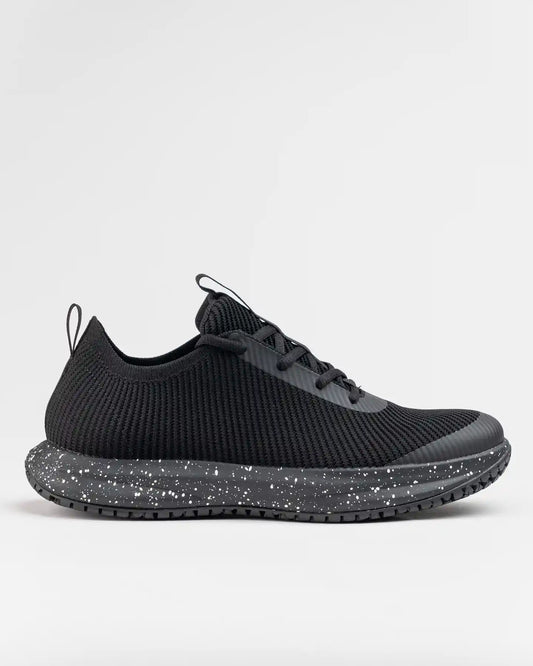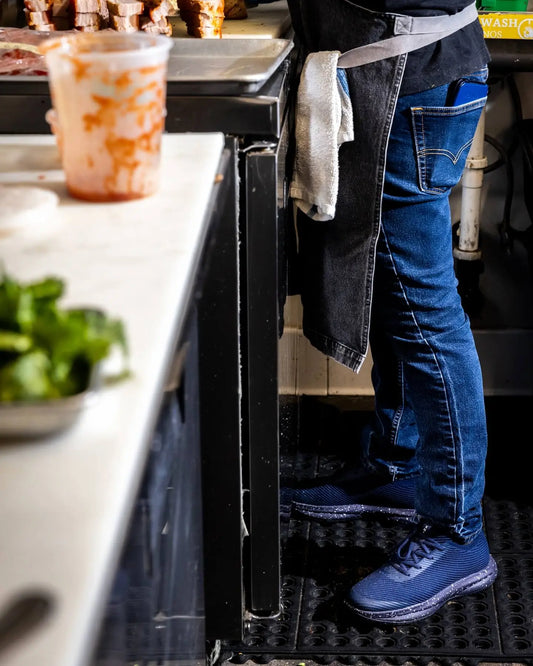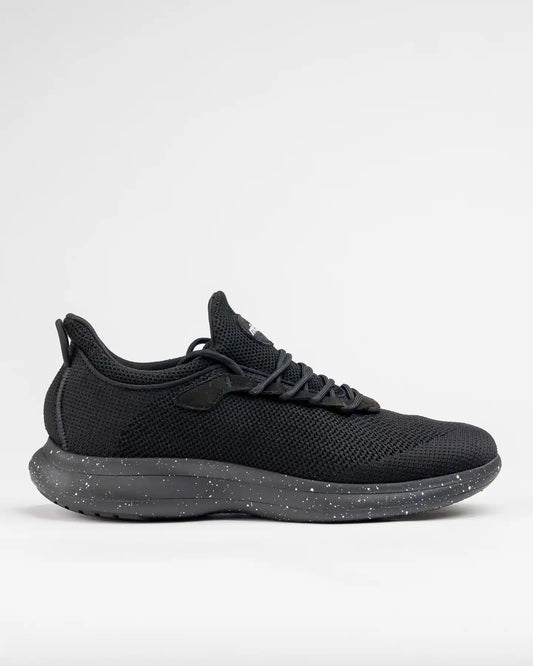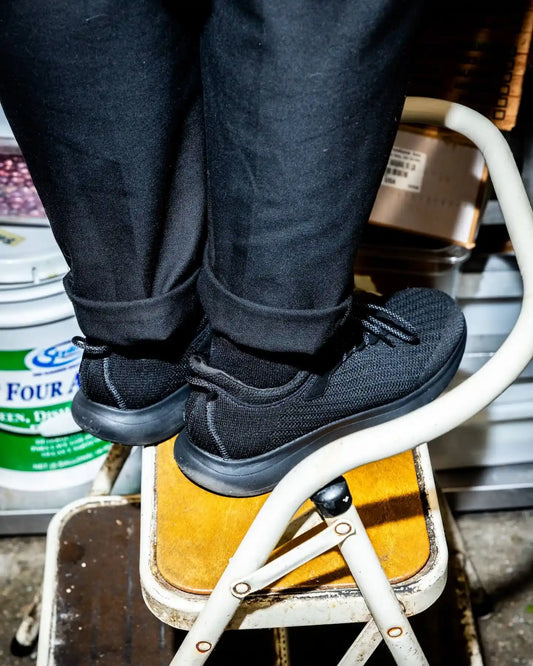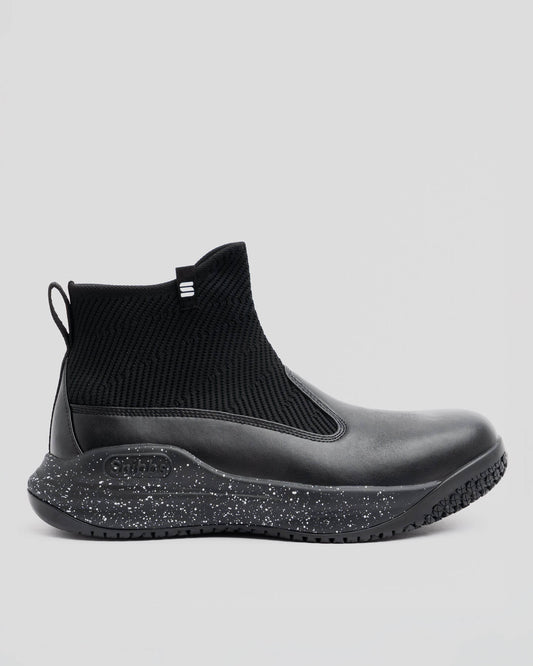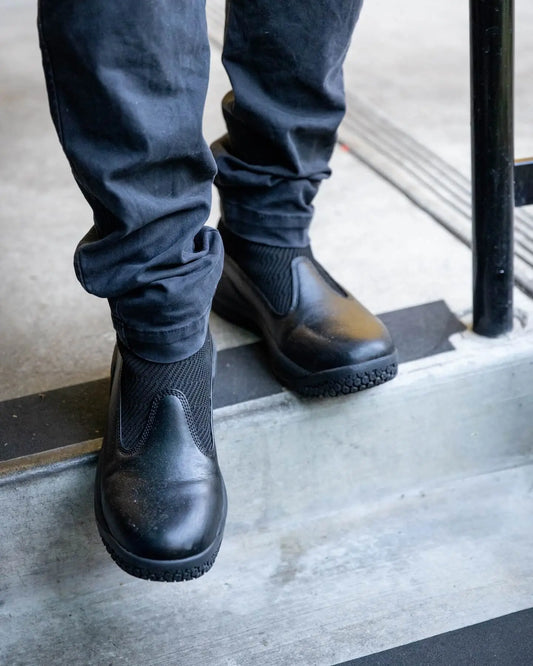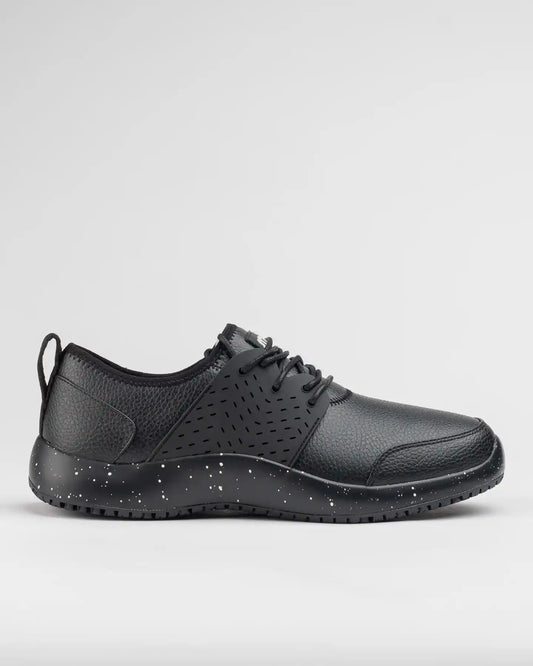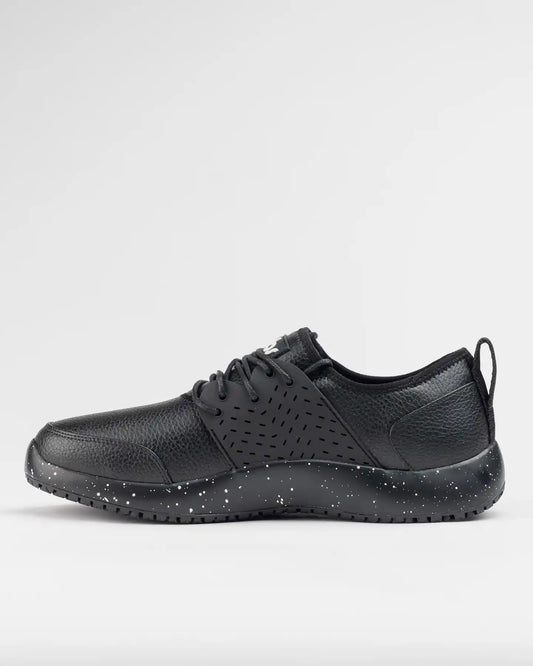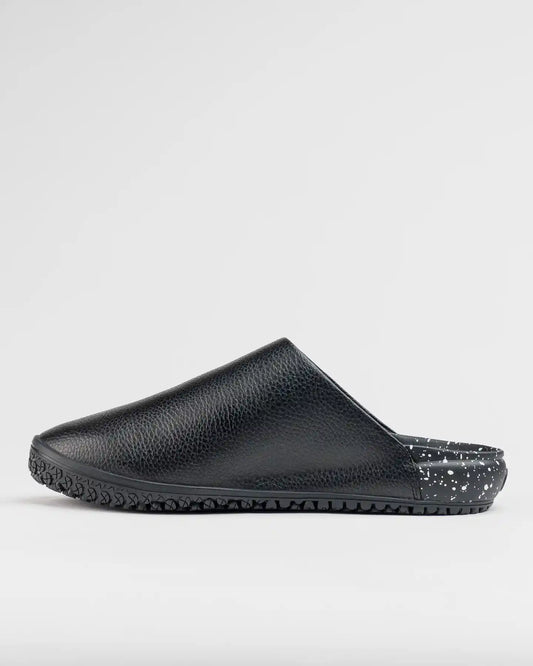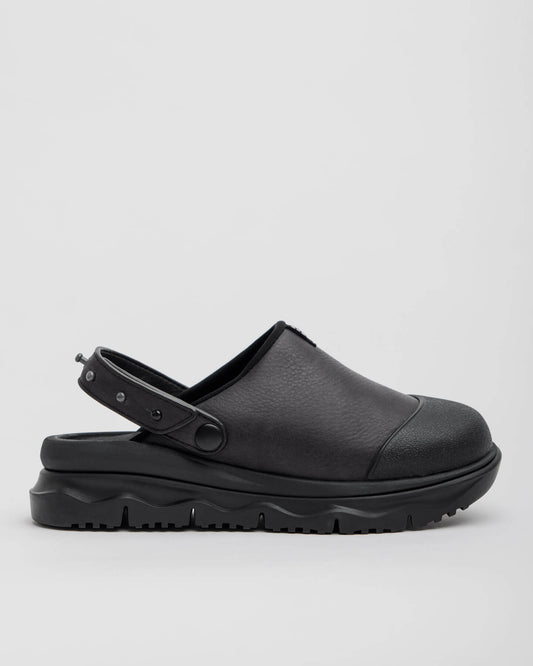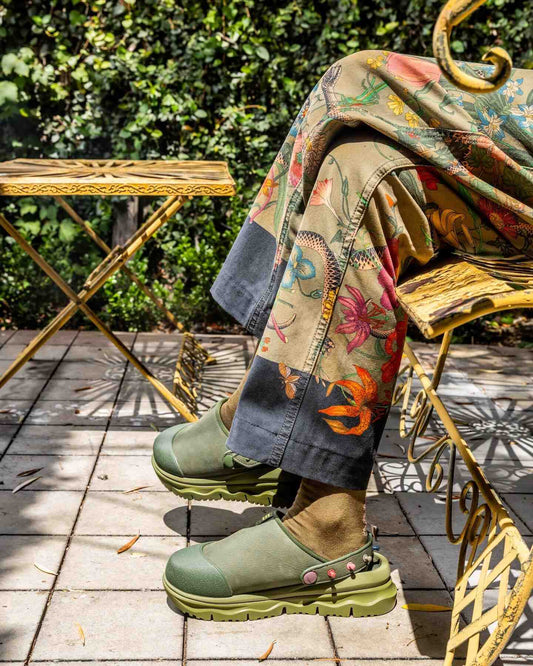Why Do Nurses Wear Scrubs?
Alex Kinejara
Nurses may be synonymous with the shiny white dresses and caps you can spot at every Halloween party, but as any medical professional or patient knows, the real uniform of nurses and other healthcare workers today is a pair of scrubs. Work shoes for nurses are also an equally important aspect to the uniform.
But the Halloween costume isn’t completely random. In fact, it’s rooted in a bit of history that helped evolve a nurse’s uniform into the famous scrubs they wear today—which help nurses and healthcare professionals remain safe, nimble, and identifiable in healthcare settings.
Let’s take a look at how this healthcare uniform has evolved throughout history and how present-day hospital scrubs enable healthcare professionals to care for patients safely and effectively.
A Brief History of Scrubs in the Medical Profession
Scrubs are so ubiquitous it’s difficult to picture a medical facility—whether it’s a dentist’s office or an emergency room—without medical personnel wearing them. But scrubs are a modern invention that didn’t become widely used (and, in some places, mandated) until the 1990s., As early as the 1980s, some female nurses were outfitted in uniforms that included the following:
- Caps
- Stockings
- Petticoats
- Buttoned-up uniforms
Fortunately, the world evolved, and nurses’ uniforms went right along with it.
Over time, nursing uniforms shifted to aprons while caps became a thing of the past. Trousers with a drawstring waist and loose-fitting V-neck tops eventually became the norm,
but only after female nurses pleaded to wear pants for their ease and practicality. Today’s nursing scrubs are light, breathable, and airy, rendering them the ideal attire for long, taxing shifts.
Why Do Nurses Wear Scrubs? 6 Leading Reasons
If you’ve ever donned a pair of modern scrubs of your own, you might have been lucky enough to put on a pair that feel as comfortable as pajamas. In addition to comfort, let’s look at the other benefits of wearing scrubs:
#1 Identification
Medical facilities are notoriously busy. Whether it’s the second floor of an urban hospital or a high-volume surgical center, medical professionals need to identify other healthcare experts—and fast. Similarly, patients need to be able to differentiate medical professionals from other patients and their family members.
Scrubs are a reliable solution to providing easy identification. In some medical facilities, healthcare workers wear different colored scrubs to facilitate this even further. For example, an ER nurse may wear blue scrubs, while a front desk assistant may wear green scrubs. This can be especially valuable, as well as logical, during times of emergency.
What’s more, scrubs also help medical professionals identify contaminants. In turn, the staff can take the additional requirements needed to ensure a sanitary environment.
#2 Functionality
If you’re a nurse, you know that the role demands plenty from you—and we’re not just talking about your capacity for patience, infinite compassion, and ability to think quickly on your feet. One of the challenges of nursing is the physical duties that are nearly constant, from helping a patient into a wheelchair to moving machinery.
Scrubs are designed to promote flexibility on the job. Healthcare professionals can move freely and comfortably throughout their shifts without constricting fabrics or tight bounds. healthcare professionals can move freely and comfortably throughout their shifts.
Further, many types of scrubs are equipped with pockets, bungee loops, and other features to enable professionals to keep the items they need immediately available. And when the temps in a medical facility get chilly, most clinics permit their nurses to wear a long-sleeved shirt under their scrubs.
#3 Safety
Nurses are around germs 24/7 and frequently encounter bacteria, viruses, and bodily fluids that put their own health at risk, such as:
- Blood
- Drool
- Stools
- Urine
- Liquid medications
Scrubs are an effective form of protection against these fluids and other bacteria-harboring surfaces. Certain scrubs are composed of thick fabric, typically polycotton, that shields nurses’ skin from contact with pathogens while also resisting stains.
#4 Protection
Scrubs keep healthcare professionals safe from bacteria and illness, but they also keep the rest of the community safe, too. Nurses and other scrub-wearing professionals are instructed to only wear their scrubs in the workplace to avoid:
- Spreading germs and bacteria from a medical facility to the public, and
- Keeping immunocompromised patients from coming into contact with germs the nurse may have picked up from home, their car, or public transit
#5 Cleanability
Scrubs need to be washed and sanitized after each use. To this end, they’re made with durable materials that can endure frequent washing with heavy-duty detergents, disinfectants, and, in some cases, bleach.
Less durable materials wouldn’t be able to withstand as frequent washing, which would end up costing nurses and healthcare professionals more money per pair, too.
#6 Formality
Entering a healthcare facility where the medical staff is uniformed in medical scrubs can provide a sense of order and professionalism that may help to reassure patients and their loved ones—much in the same way a uniformed officer can offer authority and credibility.
Find Comfort From Top to Bottom with Snibbs
Nursing uniforms have changed from restricting petticoats to comfortable, flexible scrubs. So why should nursing shoes be stuck in the ‘80s? Now, they don’t need to be.
Wondering what shoes to wear with scrubs? Snibbs was conceived after 3+ years of research into what industry workers, from healthcare professionals to restaurant servers, require to feel optimal comfort and receive ongoing orthopedic support.
The result? Slip resistant work shoes for nurses that are crafted with as much care as nurses give their patients. With custom insoles, slip-resistant outsoles, and arch support, slip-on Snibbs to keep your feet happy and comfortable for your longest shift anywhere.
Sources:
Nurse Money Talk. Why do nurses wear scrubs?: Here’s why.
https://nursemoneytalk.com/blog/why-do-nurses-wear-scrubs
Styles Wardrobe. Why do nurses wear scrubs? The evolution of nursing scrubs.
https://www.styleswardrobe.com/why-do-nurses-wear-scrubs-the-evolution-of-nursing-scrubs/
ABC News. How nurse uniforms evolved, from impractical stockings and petticoats to comfy scrubs.
https://www.abc.net.au/news/2020-05-12/nurse-uniforms-over-the-decades/12205036
RN Lessons. Why do nurses wear scrubs?
https://rnlessons.com/why-do-nurses-wear-scrubs/
MedClean. Medical scrubs and they’re important.
https://www.medclean.com/blog/the-importance-of-medical-scrubs/
Medical Scrubs Collection. Why do nurses wear scrubs?
https://medicalscrubscollection.com/why-do-nurses-wear-scrubs
Verywell Health. The 9 best scrubs of 2023.
https://www.verywellhealth.com/best-scrubs-4693212
The Spruce. How to wash and care for medical scrubs.
https://www.thespruce.com/how-to-wash-medical-scrubs-2146294

